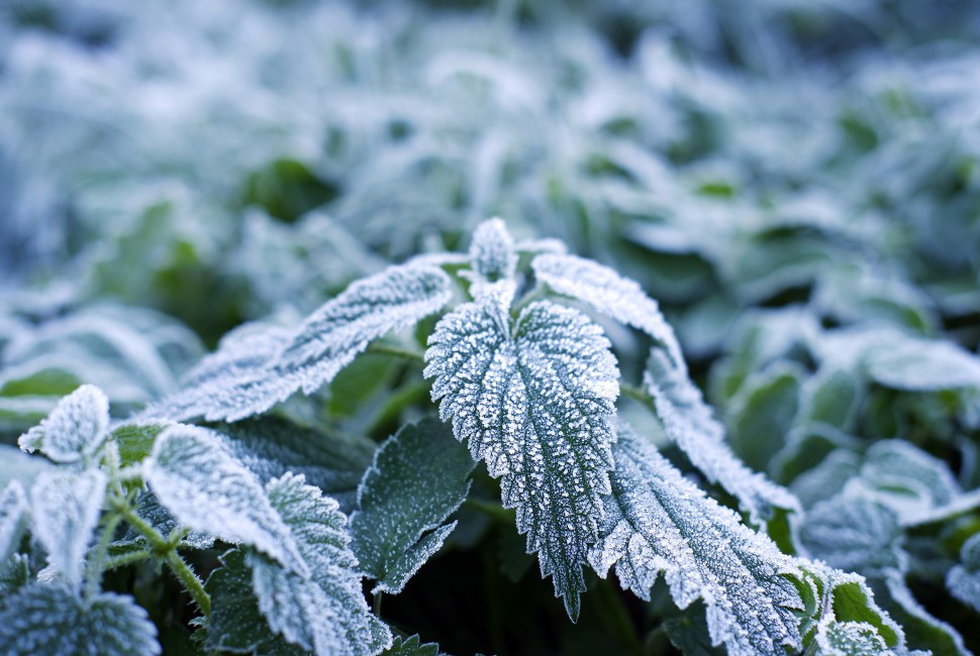Researchers have discovered that a layer of graphene oxide may offer a reliable way to prevent frost buildup on flat surfaces. This breakthrough has promising applications for various industries, particularly those affected by frost-related issues. Graphene oxide’s unique properties could improve safety and efficiency in environments where frost poses operational challenges.
What is Graphene Oxide?
Graphene oxide is a material known for its:
- High thermal conductivity – It efficiently transfers heat.
- Hydrophobic properties – It repels water, preventing moisture accumulation.
These characteristics make it highly effective in controlling frost formation by creating a barrier that hinders frost nucleation, or the initial stage where frost begins to form.
How Graphene Oxide Prevents Frost Formation
In the study, researchers applied a thin coating of graphene oxide on flat surfaces to test its impact on frost development. The findings showed that:
- Water droplets were repelled by the graphene oxide layer.
- Droplets remained in a liquid state longer, even in cold conditions.
- Frost buildup was delayed, as water droplets either slid off the surface or did not freeze as quickly as on untreated surfaces.
This anti-frost capability is achieved through the repelling action of graphene oxide, which makes it difficult for frost to form.
Potential Applications of Graphene Oxide in Industry
This discovery has significant potential in enhancing safety and efficiency in frost-prone industries, including:
- Aviation: Graphene oxide could be applied to aircraft surfaces to prevent frost accumulation, which can be dangerous and reduce flight efficiency.
- Power lines: Reducing frost buildup on power lines could prevent outages and increase reliability.
- Electronic devices: Preventing frost on electronic equipment in cold climates could improve performance and lifespan.
Future Implications
With further research, graphene oxide-based coatings could become a practical solution for frost management across various industries. This material science advancement could transform how industries control frost, particularly in regions with harsh winter climates.
Multiple-Choice Questions (MCQs):
- What property of graphene oxide makes it effective in preventing frost formation?
- A) High electrical conductivity
- B) Hydrophobic properties
- C) Low density
- D) Magnetic properties
Answer: B) Hydrophobic properties
- How does graphene oxide prevent frost formation on surfaces?
- A) By absorbing water droplets
- B) By creating a barrier that inhibits nucleation
- C) By cooling down surfaces
- D) By allowing moisture accumulation
Answer: B) By creating a barrier that inhibits nucleation
- Which industries could benefit from graphene oxide’s anti-frost properties?
- A) Textile manufacturing
- B) Aviation, power lines, and electronics
- C) Food processing
- D) Woodworking
Answer: B) Aviation, power lines, and electronics
- What effect does graphene oxide have on water droplets?
- A) It absorbs them immediately.
- B) It repels them, causing them to slide off.
- C) It turns them into vapor instantly.
- D) It freezes them faster.
Answer: B) It repels them, causing them to slide off.
- Why is further research on graphene oxide coatings important?
- A) To improve the color of the coatings
- B) To enhance their effectiveness across more surfaces
- C) To develop new synthetic materials
- D) To create coatings that require high temperatures
Answer: B) To enhance their effectiveness across more surfaces
